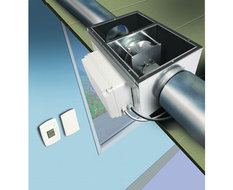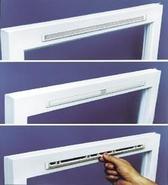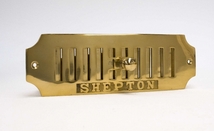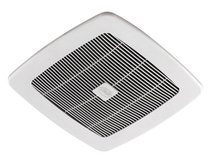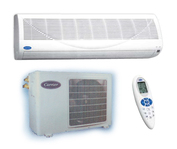PRINCIPLES OF USER CONTROL
It is important that ventilation is controllable so that it can maintain a reasonable indoor air quality and avoid waste of energy. These controls can either be manual or automatic.
MANUALLY CONTROLLED SYSTEMS: are most commonly seen as trickle ventilators. Theses ventilations systems use natural ventilation as they are located over the window frames, in window frames, just above the glass or directly into the wall. These systems often incorporate a simple flap that can allow users to shut off the ventilation depending on external conditions.
This form of ventilation is more suited to dwellings.
This form of ventilation is more suited to dwellings.
AIR CONDITIONING UNITS: are manufactured in order to regulate the temperature within a space that is suitable to the size of the air conditioner in question. The majority of ACs on the market are now remote controlled to enable the user simplistic climatic control of their indoor environment.
